En route towards greener charcoal
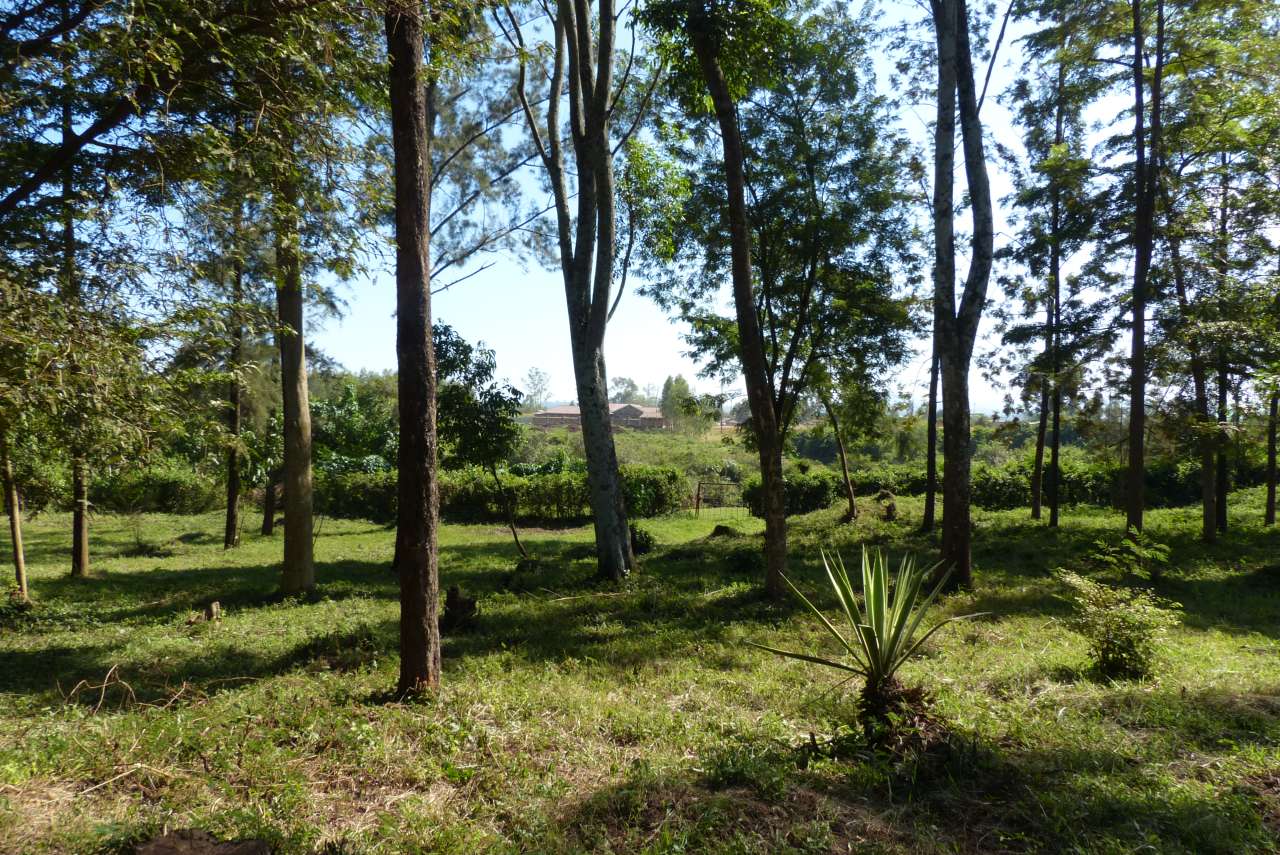
Photo: Adam O'Toole.
From agricultural residues to charcoal briquettes: Biofuel4Kenya is contributing to the development of a sustainable alternative to wood charcoal in Kenya.
Due to population growth and clearing of natural forests for agricultural land, as well as an increasing demand for wood fuel and charcoal, natural forest resources in Kenya are rapidly decreasing.
Today around 75% of households in Kenya depend on wood and charcoal for cooking fuel.
To contribute to the development of sustainable alternatives to these resources, the Norwegian-Kenyan research collaboration Biofuel4Kenya was set up in 2018. The project is based on previous efforts to produce carbonized biomass briquettes from agricultural residues such as sugarcane bagasse.
“Bagasse from sugarcane production is an unutilized resource, which is often found in large supply beside sugar mills,” says Belachew Gizachew, researcher from NIBIO and Biofuel4Kenya coordinator.
“Sugarcane bagasse can be used to produce charcoal briquettes of high quality and thus contribute to less strain on Kenya’s natural forest resources. The final product is clean, renewable and the technology used to produce it, relatively simple,” he adds.
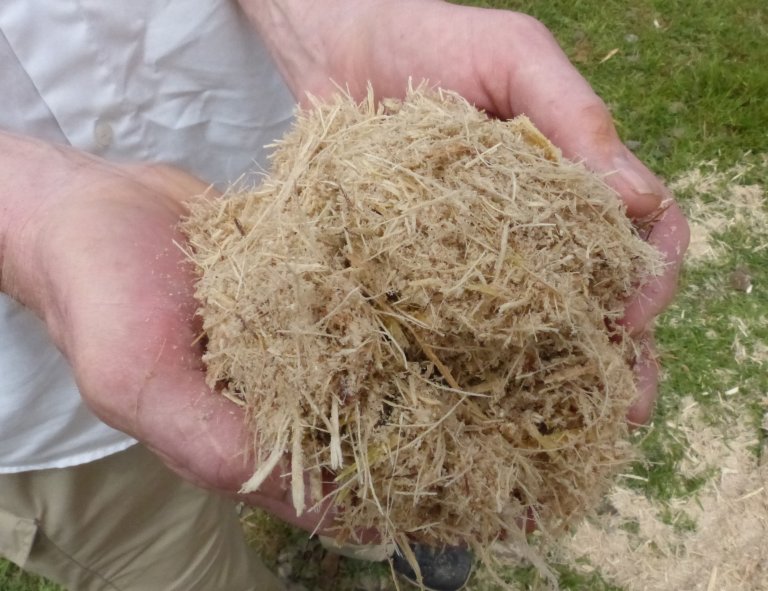
Various challenges to overcome
In the project Biofuel4Kenya is a continuation of, three charcoal co-operatives were established. Although these co-ops have succeeded in producing the briquettes, they have also faced several technical, logistical and economic challenges currently limiting their economic viability.
The researchers in Biofuel4Kenya are now collaborating with the co-ops and piloting investment in the entire biofuel value chain to render commercial production of the end-product easier. This includes getting it out on the market.
“Our goal is that the project results in better access to improved technology and raw materials, improved technical and business skills, as well as easier access to markets and finances,” Gizachew explains.
Multidiscliplinary research team
Converting bagasse to briquettes is not as easy as one may think. There are many steps involved, including collection and transport of bagasse, drying, carbonization, mixing with binder, briquetting, drying again, packaging and at last - distributing the finished product to the market.
“Also, to make money, the product needs to be well suited to the existing cooking stoves that people use and be of a quality which is just as good or better than existing charcoal,” says NIBIO-researcher Adam O’Toole, another member of the Biofuel4Kenya research team.
The researchers involved in Biofuel4Kenya work together across disciplines and national borders to find better designs for carbonization kilns that produce greater yield of biochar in a shorter time frame. Manufacturing more reliable briquetting machines which are able to produce more briquettes per day, and designing the plant site so that material handling is efficient and less costly are also key factors in the project.
“Training cooperative leaders and employees with business and marketing skills is also something we’re focusing on in the Biofuel4Kenya project,” O’Toole says.
Multiple benefits
There are multiple social, economic and environmental benefits that will accrue if the biomass briquetting co-operatives are made successful.
“Our aim is that the briquetting co-ops manage to produce a quality product which meets the market’s high expectations, while at the same time producing a profit and securing jobs,” says Adam O’Toole.
“It is my understanding that the co-operatives and the partners of the Biofuel4Kenya research project are well underway in making this a reality,” he adds.
KONTAKTPERSON

Belachew Gizachew Zeleke
Forsker
-
Divisjon for skog og utmark
(+47) 902 48 909 belachew.gizachew@nibio.no Kontorsted: Ås - Bygg H8
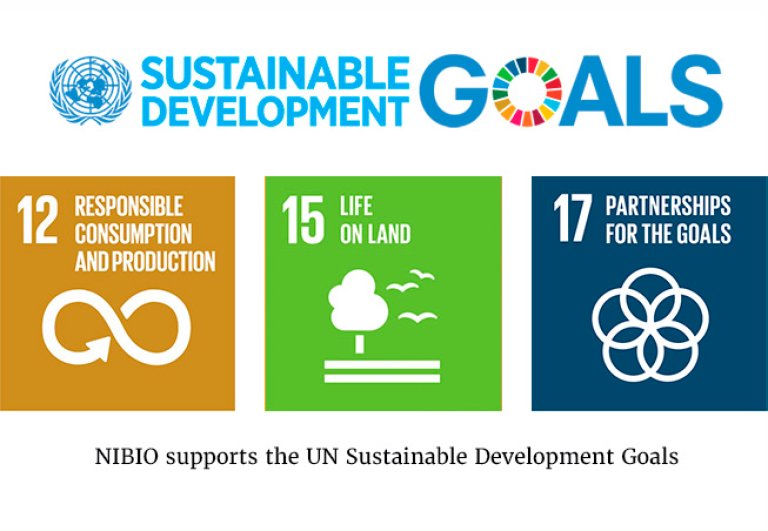
Biofuel4Kenya
Biofuel4Kenya is a research project coordinated by the Norwegian Institute of Bioeconomy Research. Other project partners include the Kenya Forestry Research Institute, Agriculture and Food Authority - Directorate of Sugar, Norges Vel and Gum Arabic and Resins Association. The project is funded by NORAD.


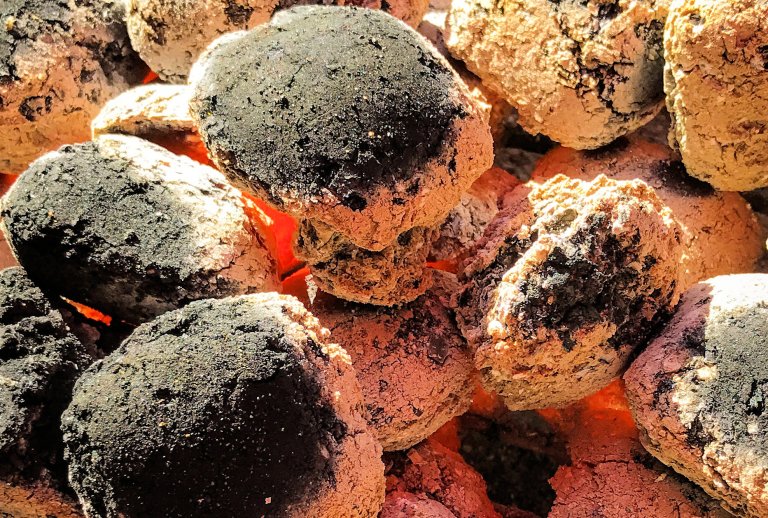
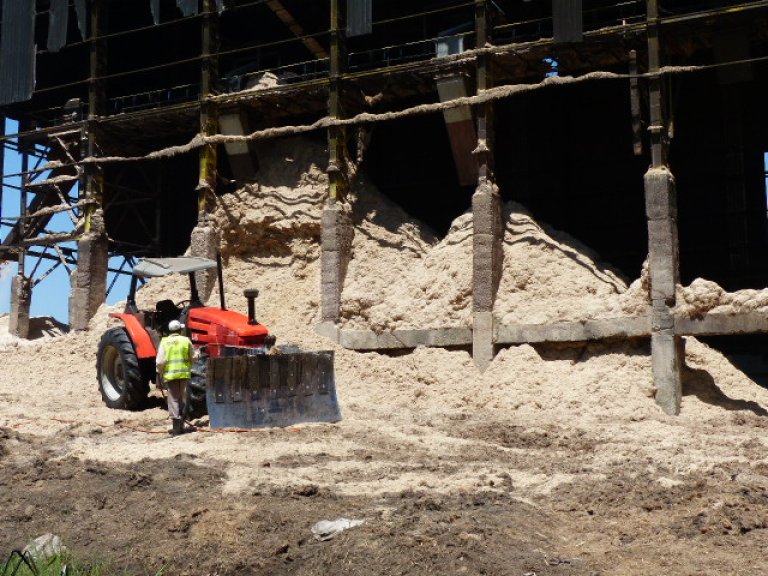
KONTAKTPERSON

Belachew Gizachew Zeleke
Forsker
-
Divisjon for skog og utmark
(+47) 902 48 909 belachew.gizachew@nibio.no Kontorsted: Ås - Bygg H8
Tekst frå www.nibio.no kan brukast med tilvising til opphavskjelda. Bilete på www.nibio.no kan ikkje brukast utan samtykke frå kommunikasjonseininga. NIBIO har ikkje ansvar for innhald på eksterne nettstader som det er lenka til.
